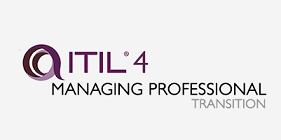Overview
Many of today’s Project Management and Business Analyst Professionals are finding themselves leading, managing and analyzing on Agile development teams – only to find that many of the tools and techniques applied when using a traditional project management approach no longer work as effectively or at all. In order to do more than survive in this iterative development environment, today’s Project Manager and Business Analyst must employ additional project management and business analysis tools and techniques to effectively lead their teams and deliver their projects. The course will explore how your projects can easily and successfully make the transition to an effective Agile environment. Agile Scrum is an incremental, iterative framework for project management and software development – where requirements and solutions evolve through collaboration between self-organizing cross-functional teams.
• Plan, manage and close requirements for software development project in reduced time using Agile Scrum practices
• Minimize project uncertainty and risk by applying Agile principles through the Scrum method
• Ensure your project delivers required functionality and adds value to the business
• Create an environment of self-management for your software development team that will be able to continuously align the delivered software with desired business needs, easily adapting to changing requirements throughout the process.
• Learn how to apply Agile Scrum by measuring and evaluating status based on the undeniable truth of working, testing software, creating a more accurate visibility into the actual progress of projects.
TARGET AUDIENCE
Executives, Project Managers, Business Analysts, Business and IT stakeholders working with analysts, Quality and process engineers, technicians, managers; supervisors, team leaders, and process operators; anyone who wants to improve their Business Analysis skills.




